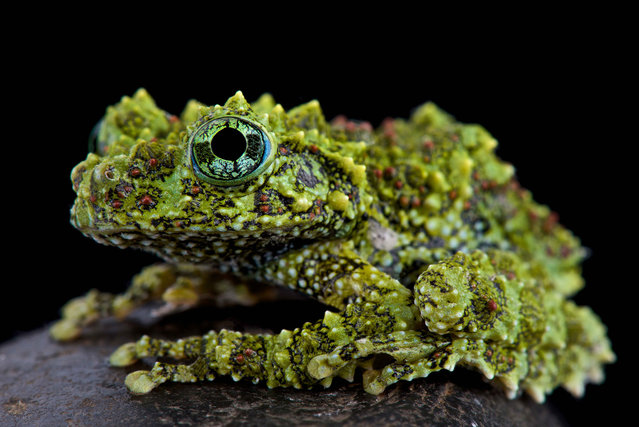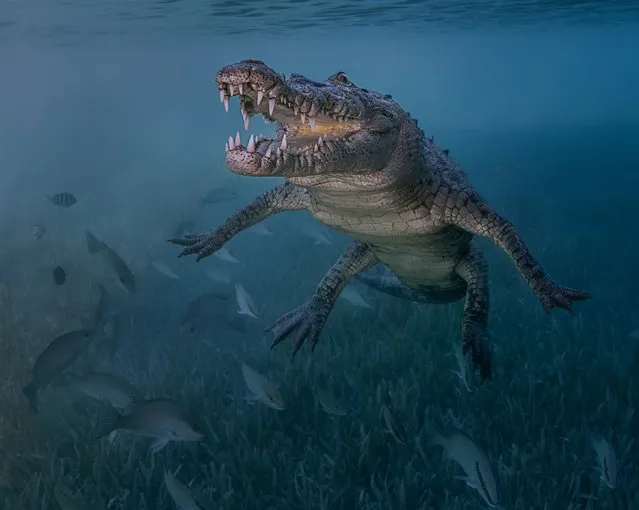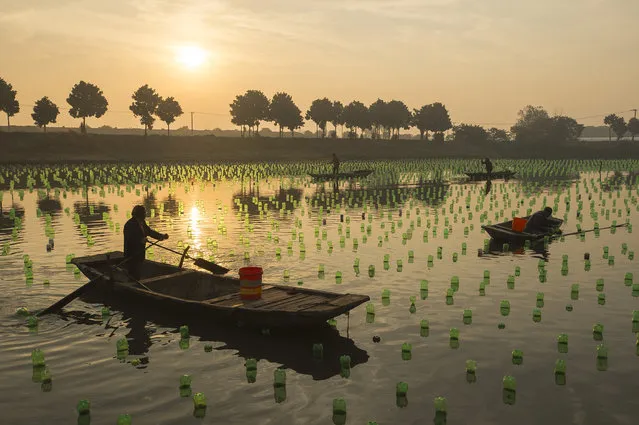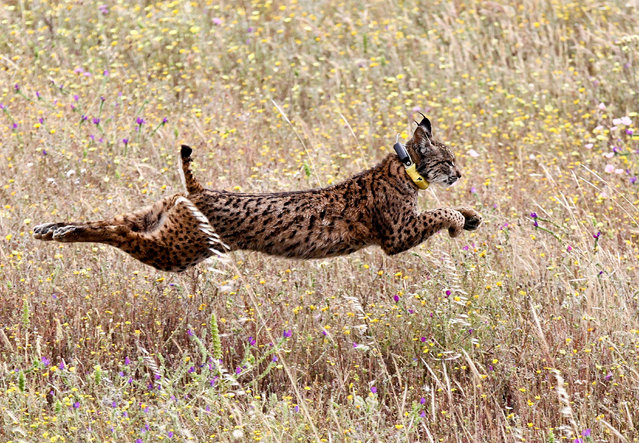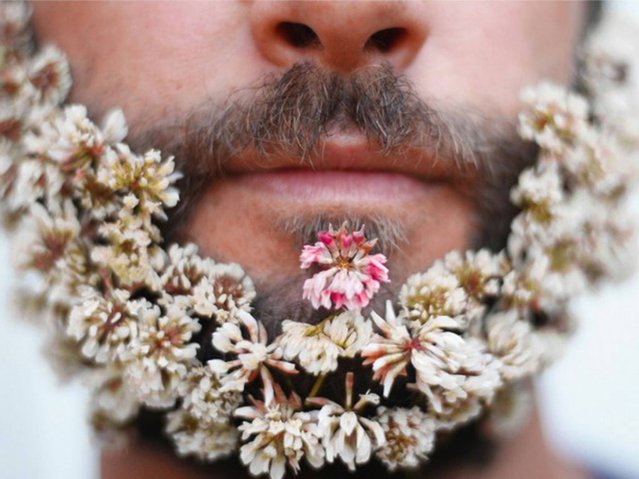
“Most recently, the bushy beard’s masculinity has been turned off and instead adorned with flower power. A wacky new trend sees hipsters weave foliage into their facial hair. It’s emerging across boho America. Yes, men in Brooklyn, Portland and San Francisco are adorning their faces with blossoms, seemingly for the sole purpose of artistic portraits that have been taking over the social media with the hashtag #flowerbeards. It started gaining popularity on the social platform of Tumblr, when a blogger began “Will It Beard” project, and has since blossomed elsewhere around the Internet”. – Linda Sharkey via The Independent. (Photo by designsquish/Tumblr)
